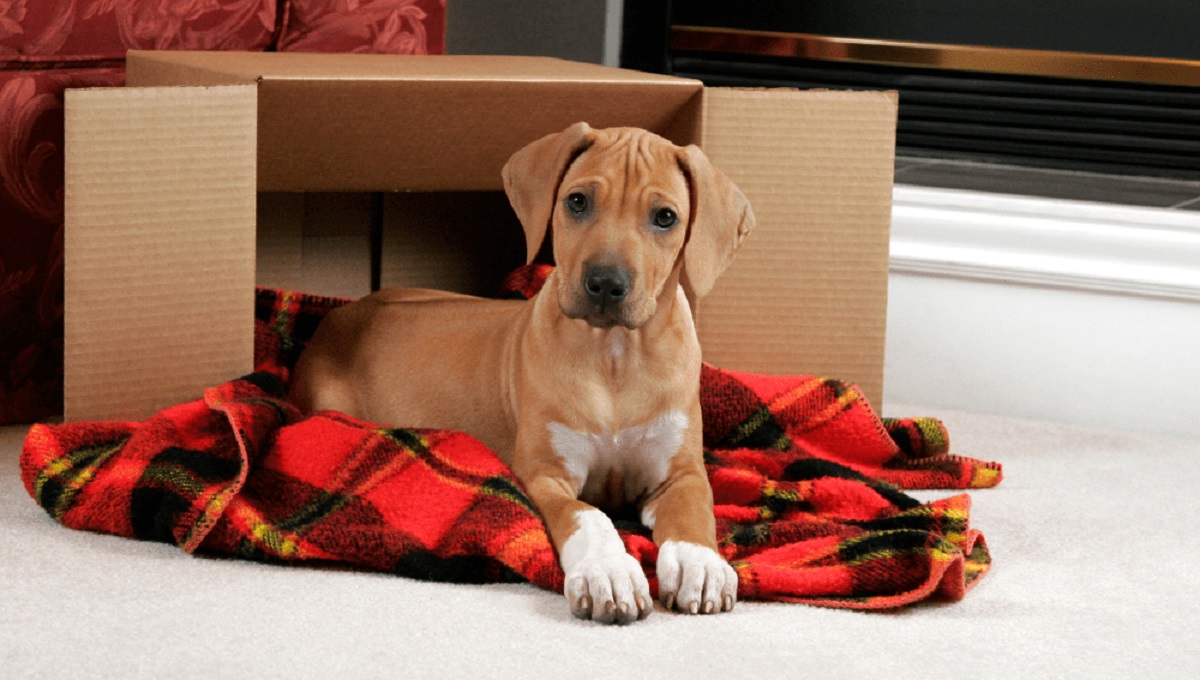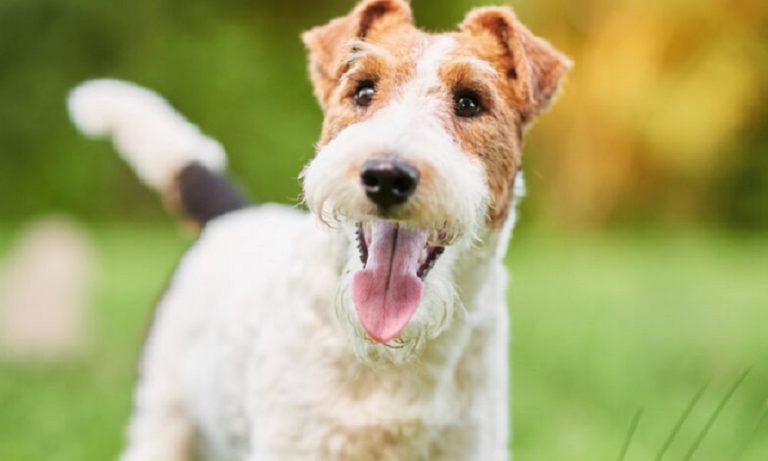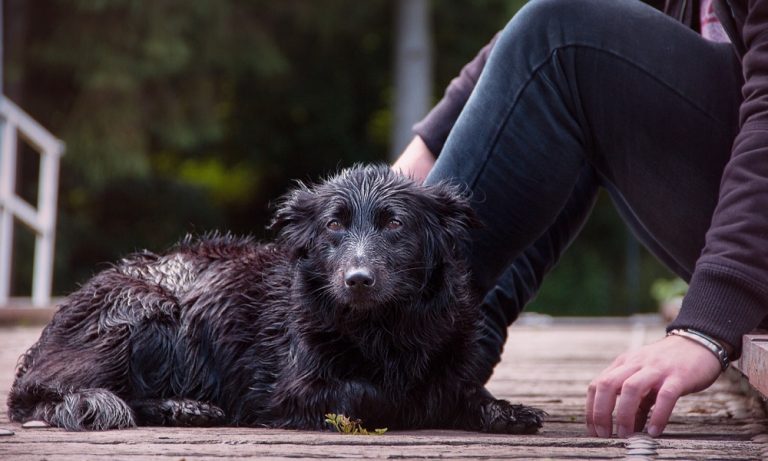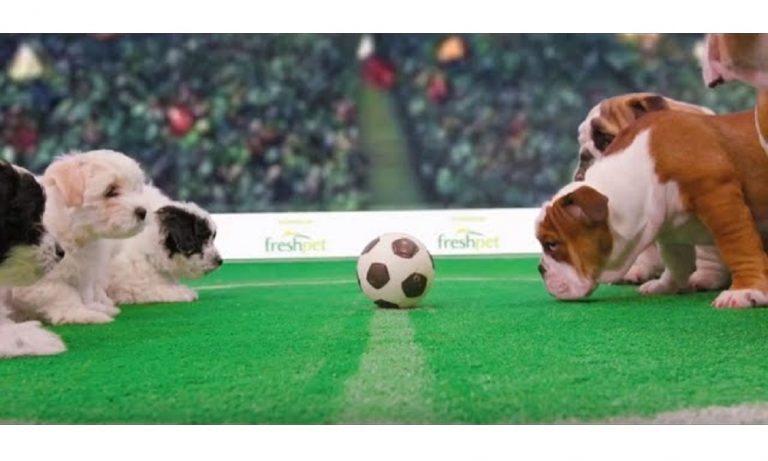Do Dogs Calm Down After First Heat?
Dogs often experience a reduction in hyperactivity after their first heat. Behavioral changes may stabilize due to hormonal shifts. Understanding a dog’s heat cycle is crucial for any pet owner.
Females typically enter their first heat between six to twenty-four months of age, depending on the breed. This period marks not only a time of sexual maturity but also a potential change in behavior.
During this phase, many owners observe increased anxiety or hyperactivity in their pets. After the cycle completes, dogs tend to settle down as hormone levels balance.
Ensuring proper care during and after the heat cycle can support your dog’s well-being, helping her maintain a calm demeanor. Recognizing these changes is essential for adapting training methods and managing your dog’s health.
Understanding The Canine Heat Cycle
When a female dog reaches her first heat, it can be a time of significant change. Pet owners often wonder about their dog’s behavior during this phase.
Knowing about a dog’s heat cycle is essential for responsible pet care. This part of a dog’s life can impact behavior and overall well-being.
Signs Of Heat
Dogs show clear signs when they enter heat. Spotting these early can help manage your pet’s care. Look out for physical and behavioral changes:
- Swollen vulva: This is one of the first visible signs.
- Vaginal discharge: It may start off light and become blood-tinged.
- Increased licking: Dogs often clean their genital area more frequently.
- Behavioral shifts: Your pet may seem more alert or restless.
- Appetite changes: Some dogs eat less during their heat cycle.
Duration Of Heat Cycle
The heat cycle length can vary, typically lasting two to four weeks. Recognizing the cycle’s stages is helpful:
| Stage | Description | Duration |
|---|---|---|
| Proestrus | Beginning of the cycle, attracting males | 7-10 days |
| Estrus | Female is receptive to males | 5-9 days |
| Diestrus | End of mating period, body returns to normal | 60-90 days |
| Anestrus | Period of inactivity before next cycle | 4-5 months |
After a dog’s first heat cycle, she may experience temporary calmness. Yet, long-term behavior changes depend on various factors, including breed and individual temperament. Consult with a vet for personalized care advice.
Changes In Behavior During And After Heat
Many dog owners notice that their furry friends exhibit different behaviors during their heat cycle. Understanding these changes is crucial for providing the right care and support. Let’s explore how a female dog’s behavior can shift during and after her first heat period.
During Heat
Female dogs, often referred to as bitches, go through a phase called ‘heat’ or ‘estrus.’ During this time, several behavioral changes may occur.
- Restlessness: Dogs may seem anxious or have trouble settling down.
- Excessive grooming: They often clean their genital area more than usual.
- Vocalization: Increased barking or whining can be signs a dog is in heat.
- Attractive to males: Male dogs will be particularly interested in a female in heat even from afar.
- Mounting behavior: They might mount objects, other dogs, or people’s legs.
This phase usually lasts about three weeks, and your dog’s behavior should stabilize afterwards.
Post-heat Behavior
After a dog’s first heat cycle ends, her body and behavior begin to return to normal. You may observe:
| Behavior | Change |
|---|---|
| Energy Levels | |
| Attention Seeking | May reduce as hormonal levels balance |
| Appetite | Often returns to normal after fluctuation during heat |
In some cases, dogs may experience a false pregnancy, which can cause behavioral changes to persist. If the behavior changes concern you, consult a vet.
Patience and understanding are key. Your dog will gradually settle into her typical routine post-heat.
Health Considerations And Care
As a proud dog parent, it’s crucial to understand how a first heat can affect your furry friend. Not only do their bodies change, but their needs evolve too. Let’s dive into what you should know to provide the best care for your pooch post-heat.
Physical Needs
After a dog’s first heat, attention to physical health is paramount. Dogs often experience hormonal fluctuations that can impact their energy levels and appetite. Below are key points to keep in mind for their physical needs:
- Nutrition: High-quality food supports recovery.
- Hydration: Ensure constant access to fresh water.
- Rest: Provide a comfortable space for your dog to relax.
- Exercise: Mild exercise can help maintain muscle tone while not overexerting.
Monitoring for signs of discomfort or infection is critical. Contact a vet if you notice anything unusual. Regular check-ups are beneficial to track your dog’s return to normalcy.
Mental Well-being
Dogs’ mental health is just as important as their physical state. The first heat can induce stress or anxiety. Here’s how to ensure their mental well-being:
- Consistency: Maintain a routine to provide a sense of security.
- Attention: Give extra affection to help them feel loved.
- Stimulation: Offer toys and puzzles to keep their mind active.
- Environment: Keep surroundings calm to prevent overstimulation.
Creating a supportive environment aids in a quicker and healthier adjustment period post-heat. Remain patient and understanding as your pet navigates these changes.
Training And Behavioral Techniques
Once a dog goes through her first heat, owners often wonder about her behavior. Some dogs show signs of calming down. But this can depend on many factors.
A great way to guide a dog’s behavior is through training and behavioral techniques. This not only helps dogs to calm down after their first heat but also sets the foundation for a well-behaved pet.
Positive Reinforcement
Positive reinforcement shapes a dog’s behavior using rewards. Dogs learn to associate good behavior with treats, praise, or play. Here’s how to apply it:
- Identify the behaviors you want to encourage.
- Immediately reward your dog after she performs the desired behavior.
- Use a variety of rewards to keep your dog interested.
Consistency is key. Always reward good behavior. Do this, and your dog will calm down and listen better over time.
Socialization
Socialization helps dogs feel at ease in different situations. A well-socialized dog is usually calmer. Here’s how to help socialize your dog:
- Introduce your dog to new people, animals, and environments gradually.
- Start socialization early, ideally before 16 weeks.
- Keep each new experience positive and stress-free.
Proper socialization reduces fear and anxiety. Your dog will be more relaxed and behave better after her first heat. Trained and socialized dogs lead happier lives. They understand what’s expected of them. They know how to cope with stress and change.
Consulting A Veterinarian
Consulting a Veterinarian is an essential step in understanding your dog’s behavior post-heat. A vet’s insight is invaluable. Spotting abnormal patterns early can ensure a happy, healthy pet. Keep contact details for your vet handy, especially following your dog’s first heat cycle.
When To Seek Professional Advice
Dog owners often wonder when to call a veterinarian. Look for these signs:
- Behavior changes persisting after the heat cycle.
- Signs of discomfort or pain.
- Unusual discharge or prolonged bleeding.
Potential Health Issues
Certain issues may arise after a dog’s first heat. Keep tabs on symptoms:
| Symptom | Potential Issue | Action |
|---|---|---|
| Lethargy | Anemia | Call vet |
| Loss of appetite | Endometritis | Schedule check-up |
| Fever | Infection | Seek immediate care |
Conclusion
Understanding your dog’s behavior after her first heat is essential for any pet owner. Most canines do exhibit calmer tendencies post-heat. Keep in mind, every dog is unique.
Embrace this stage with patience, ensuring a loving environment as your dog returns to her usual self.
Frequently Asked Questions
Do Dogs Become Calmer Post-first Heat?
Female dogs may show a temporary change in behavior after their first heat, but it’s not a guarantee they’ll become significantly calmer permanently.
Is A Dog’s First Heat A Maturing Milestone?
Yes, a dog’s first heat is a biological signpost indicating the transition from puppyhood to sexual maturity.
How Long After Heat Do Behavior Changes Settle?
Behavior changes related to a dog’s heat cycle typically normalize within a few weeks after the cycle has ended.
Can Spaying After The First Heat Affect Temperament?
Spaying can lead to some long-term behavioral changes, often reducing the likelihood of hormone-driven behaviors associated with the heat cycle.
What Signs Indicate A Dog’s First Heat Is Ending?
Look for a reduction in swelling of the vulva, cessation of bloody discharge, and a decrease in attention-seeking or flirtatious behaviors with male dogs.




